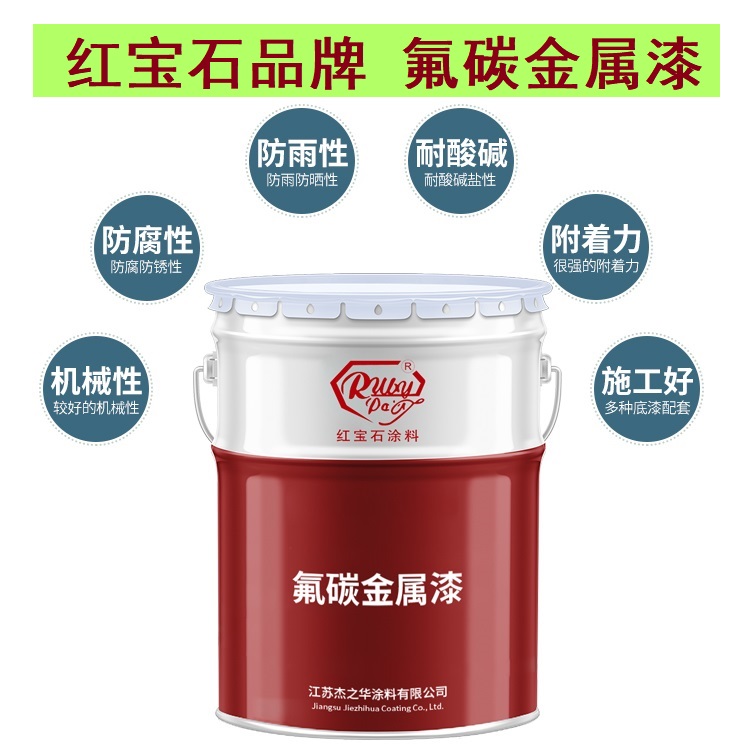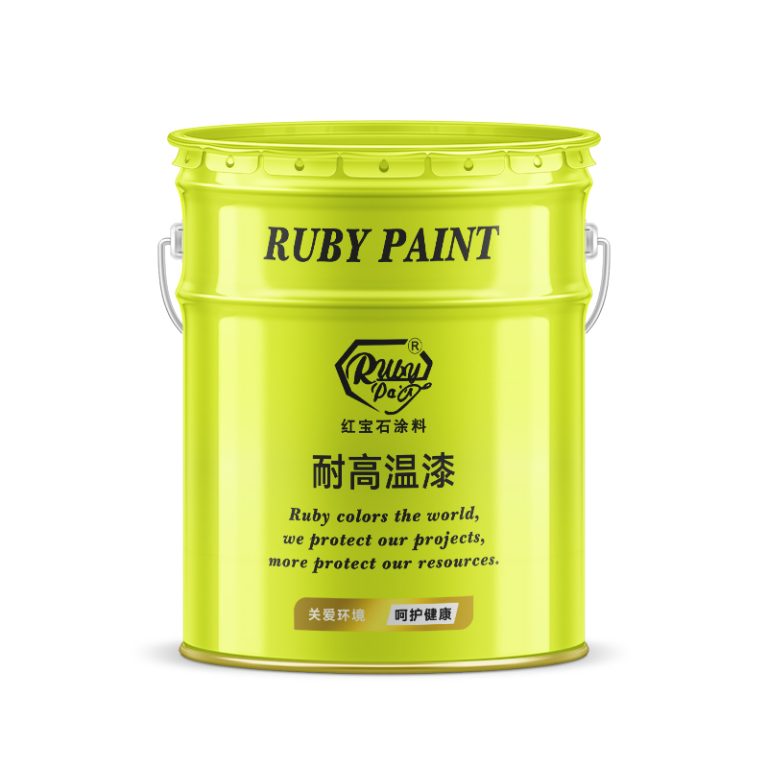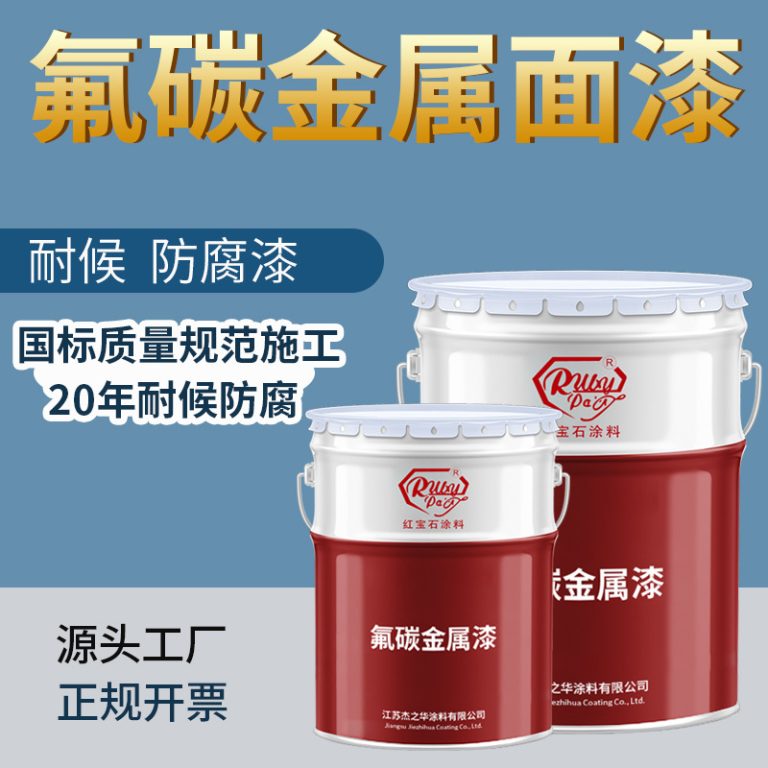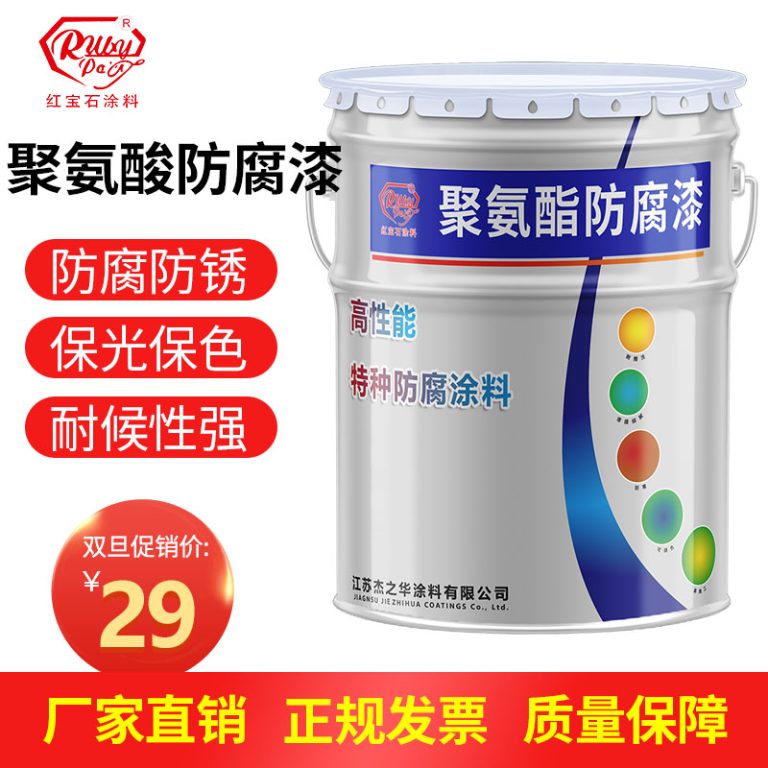Table of Contents
The Benefits of Zinc Rich Epoxy Coatings for Corrosion Protection
Zinc Rich Epoxy Coating: The Benefits of Zinc Rich Epoxy Coatings for Corrosion Protection
In the realm of industrial coatings, the battle against corrosion is a perpetual challenge. Corrosion, the gradual destruction of materials by chemical and electrochemical reactions with their environment, can lead to structural failures, safety hazards, and significant economic losses. Among the various strategies employed to combat this relentless adversary, zinc rich epoxy coatings have emerged as a highly effective solution. These coatings not only provide a robust barrier against corrosive elements but also offer a unique cathodic protection that extends the life of metal structures.
Zinc rich epoxy coatings are composed of epoxy resin filled with high levels of finely ground zinc particles. When applied to steel or iron, the zinc acts sacrificially, corroding in place of the underlying metal. This sacrificial action is a result of zinc’s more negative electrochemical potential compared to iron or steel. Consequently, even if the coating is damaged and the substrate is exposed, the presence of zinc ensures that it will corrode preferentially, thereby protecting the metal beneath.
| No. | Product |
| 1 | Industrial paint |
| Number | Product Name |
| 1 | Fluoracarbon middle paint |
Moreover, the epoxy resin serves as an excellent adhesive, ensuring that the coating adheres strongly to the metal surface. This dual function of adhesion and corrosion protection makes zinc rich epoxy coatings particularly valuable in harsh environments where exposure to moisture, salt, chemicals, and extreme temperatures is common. Industries such as marine, offshore, petrochemical, and infrastructure have come to rely on these coatings for their durability and long-term performance.
Another significant benefit of zinc rich epoxy coatings is their versatility. They can be applied to new structures as a part of the initial manufacturing process or used in maintenance and repair operations on existing installations. This flexibility allows for a wide range of applications, from oil rigs and ships to bridges and pipelines. The coatings can be tailored to meet specific environmental conditions and regulatory requirements, ensuring optimal protection for each unique situation.
The application process of zinc rich epoxy coatings is also a critical factor in their effectiveness. Proper surface preparation is essential to achieve the desired bond between the coating and the substrate. Surfaces must be clean, dry, and free of any contaminants that could interfere with adhesion. Once the surface is prepared, the coating is typically applied using spray equipment, although brushing and rolling can also be used for smaller areas or touch-ups. After application, the coating must cure properly to form a hard, protective shell.
In terms of environmental impact, zinc rich epoxy coatings are a responsible choice. The longevity they impart to structures reduces the need for frequent maintenance and the associated environmental footprint. Additionally, advancements in coating technology have led to formulations with lower volatile organic compound (VOC) emissions, making them safer for applicators and less harmful to the environment.
In conclusion, zinc rich epoxy coatings represent a sophisticated solution to the age-old problem of corrosion. Their ability to provide both passive and active protection, coupled with their strong adhesive properties, makes them an indispensable tool in the preservation of metal structures. With their adaptability to various applications and commitment to environmental responsibility, these coatings stand as a testament to the innovation and dedication of the coatings industry in its quest to safeguard our built environment against the ravages of time and nature.
Application Techniques for Zinc Rich Epoxy Coatings in Industrial Settings
Zinc Rich Epoxy Coating: Application Techniques in Industrial Settings
In the realm of industrial coatings, zinc rich epoxy coatings stand out for their exceptional ability to protect steel structures from corrosion. These coatings are formulated with a high concentration of zinc dust, which serves as a sacrificial anode to guard the underlying metal against oxidative environmental factors. The application of zinc rich epoxy coatings, however, requires meticulous attention to technique to ensure the longevity and effectiveness of the protective layer.
The initial step in the application process involves surface preparation, which is critical for achieving optimal adhesion and performance. The steel surface must be thoroughly cleaned to remove any contaminants such as oil, grease, or existing rust. This is typically accomplished through abrasive blasting, which not only cleans the surface but also provides a suitable profile for the coating to anchor onto. The degree of surface preparation is often specified by standards such as the Society for Protective Coatings (SSPC) or the National Association of Corrosion Engineers (NACE), with common references being SSPC-SP10/NACE No. 2 for near-white metal blast cleaning.
Once the surface is prepared, the application of the zinc rich epoxy coating can commence. It is imperative that the mixing of the two-component system—the epoxy resin and the hardener—is conducted in strict accordance with the manufacturer’s instructions. An incorrect mix ratio can lead to inadequate curing and compromised protective properties. Additionally, the high zinc content necessitates thorough mixing to ensure the zinc particles are evenly dispersed throughout the mixture before application.
The method of application can vary depending on the scale of the project and the specific requirements of the job. Spray application is a common choice for large-scale industrial projects due to its efficiency and ability to provide a uniform coat. When spraying, it is essential to maintain the correct distance and angle to the surface, as well as a consistent speed, to avoid runs or sags in the coating. The use of specialized spray equipment that can handle the abrasive nature of the zinc particles is also a key consideration.
For smaller areas or touch-up work, brush or roller application may be more practical. These methods require careful attention to ensure that the coating is applied evenly and without excessive thickness, which could lead to issues with curing and performance. Regardless of the application method, it is crucial to apply the coating within the specified dry film thickness range recommended by the manufacturer. Multiple coats may be necessary to achieve the desired thickness, with appropriate intervals between coats to allow for sufficient curing.
Environmental conditions play a significant role in the application of zinc rich epoxy coatings. Temperature, humidity, and ventilation must all be within the parameters specified by the coating manufacturer. Deviations from these conditions can affect the cure time and final properties of the coating. For instance, high humidity can lead to condensation on the surface, which can interfere with adhesion, while low temperatures can slow down the curing process.
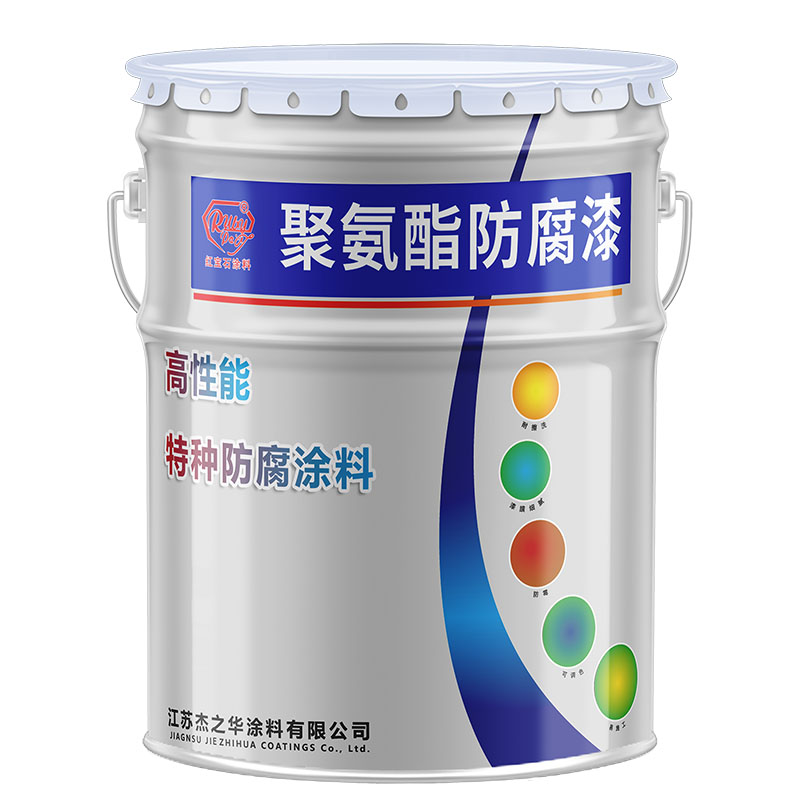
In conclusion, the application of zinc rich epoxy coatings in industrial settings is a complex process that demands a high level of expertise and precision. From surface preparation to the final cure, each step must be executed with care to ensure that the coating performs its intended function of protecting steel structures from corrosion. By adhering to the recommended techniques and environmental conditions, industrial facilities can extend the life of their assets and maintain their integrity against the relentless forces of nature.

